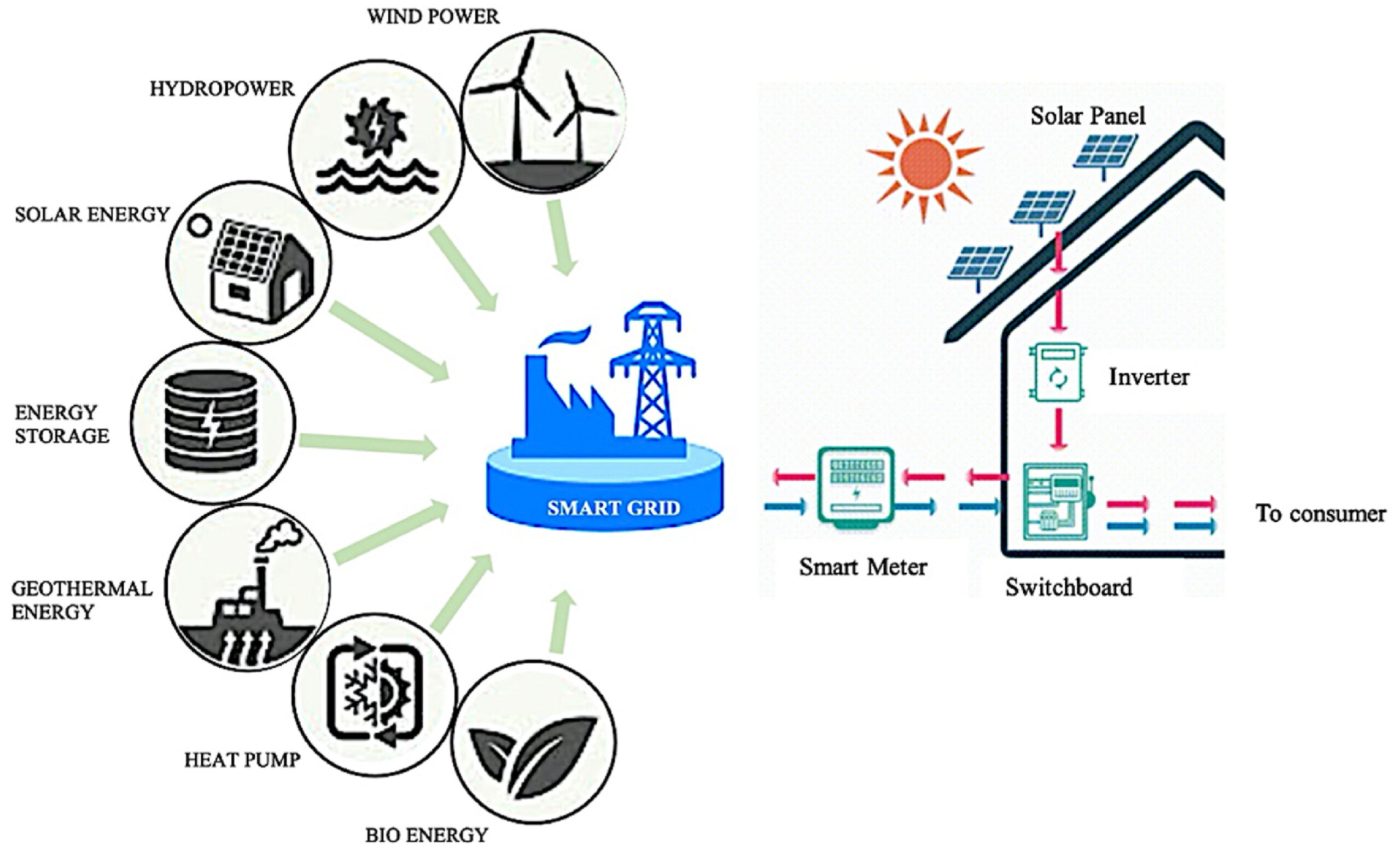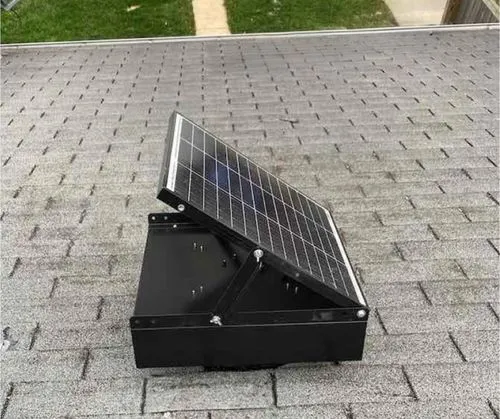In today’s rapidly evolving energy landscape, embedded development services play a crucial role in driving innovations within the renewable energy sector. From improving energy efficiency to enabling smart grid functionality, embedded systems are the backbone of many technological advancements in renewable energy. These services involve designing and developing embedded systems that provide precise control, monitoring, and automation for energy applications, ensuring optimal performance and reliability. Below, we explore the top use cases of embedded development services in this transformative industry.
1. Smart Grid Technology
Embedded development services are revolutionizing smart grids, enabling seamless integration of renewable energy sources like solar and wind into the power grid. These systems provide:
- Real-time monitoring of energy production and consumption.
- Automated load balancing to prevent grid overload.
- Advanced communication protocols that enhance grid resilience and fault detection.
Smart grids equipped with embedded systems improve the efficiency and reliability of electricity distribution, minimizing waste and reducing downtime. This innovation allows utility providers to adapt to fluctuations in renewable energy generation and ensure consistent power delivery.
2. Solar Power Systems
The use of embedded systems in solar power applications ensures higher efficiency and better energy management. Key applications include:
- Maximum Power Point Tracking (MPPT): Embedded systems optimize the energy output of photovoltaic panels by adjusting to varying sunlight conditions.
- Inverter Control Systems: These systems convert DC electricity to AC efficiently and reliably.
- Remote Monitoring Solutions: Solar farms can leverage embedded technology for real-time performance tracking and fault diagnosis.
Additionally, embedded systems support decentralized solar power setups, enabling households and businesses to manage energy production and usage independently, making solar energy more accessible and sustainable.
3. Wind Energy Systems
Embedded development services enhance the performance and reliability of wind turbines by enabling:
- Pitch Control Systems: These systems adjust the blade angles for maximum energy capture under varying wind conditions.
- Condition Monitoring: Embedded sensors track turbine health, identifying potential issues before they lead to costly downtimes.
- Energy Storage Management: Coordinating between turbines and battery storage to optimize power delivery.
By integrating predictive analytics and automated controls, wind farms can ensure optimal output even during adverse weather conditions, reducing energy loss and maintenance costs.
4. Energy Storage Solutions
The integration of renewable energy sources often requires robust energy storage systems, and embedded technology is at the core of these solutions. Use cases include:
- Battery Management Systems (BMS): Embedded systems ensure safe and efficient charging and discharging of batteries while extending their lifespan.
- Real-time Data Analytics: Monitoring energy levels, temperature, and performance metrics for predictive maintenance.
- Grid Integration: Facilitating smooth energy flow between storage units and the main grid.
Innovative energy storage solutions, powered by embedded technology, are enabling a shift towards renewable energy microgrids and enhancing energy availability in off-grid areas.
5. Electric Vehicle (EV) Charging Infrastructure
As electric vehicles gain popularity, the demand for efficient and smart EV charging stations is rising. Embedded development services contribute to:
- Dynamic Load Management: Distributing available energy across multiple EVs to prevent overload.
- User Interfaces and Payment Systems: Embedded systems enable secure and user-friendly experiences for EV owners.
- Smart Charging Capabilities: These include features like scheduled charging and real-time energy usage tracking.
Moreover, embedded technology facilitates bidirectional charging, allowing EVs to act as temporary energy storage units that can supply power back to the grid during peak demand.
6. Hydropower Plants
Embedded systems are pivotal in automating hydropower plant operations. Key applications include:
- Turbine Control Systems: These systems regulate water flow to maximize energy output.
- Monitoring Sensors: Embedded sensors track parameters like water levels, flow rates, and equipment health.
- Predictive Maintenance: Identifying and addressing potential failures to minimize downtime.
These technologies improve efficiency while ensuring environmental compliance and sustainable resource management in hydropower projects.
7. Smart Home Energy Management
Embedded development services empower homeowners to optimize energy usage through smart home technologies. Use cases include:
- Smart Meters: These devices track and report energy consumption in real time.
- Home Automation Systems: Coordinating the use of appliances based on energy availability and cost.
- Renewable Integration: Managing energy produced by home solar panels or wind turbines.
Embedded systems also enable energy-sharing networks among communities, allowing surplus energy to be redistributed efficiently, fostering collaborative sustainability efforts.
8. IoT-Enabled Energy Applications
The Internet of Things (IoT) is a game-changer for renewable energy, with embedded systems acting as the cornerstone. IoT-enabled applications include:
- Energy Usage Optimization: Sensors and actuators communicate to reduce wastage.
- Predictive Analytics: Identifying patterns to improve energy generation and distribution.
- Remote Asset Management: Managing renewable energy assets like turbines and panels from a centralized location.
IoT and embedded systems together enable dynamic energy management, ensuring that energy is utilized effectively across all sectors.
9. Offshore Renewable Energy Platforms
Embedded systems are essential for offshore energy platforms, such as floating wind farms and tidal power stations. Their use cases include:
- Structural Health Monitoring: Ensuring the safety and stability of offshore platforms.
- Real-time Communication: Facilitating seamless data exchange between offshore platforms and onshore facilities.
- Environmental Monitoring: Tracking weather and sea conditions to optimize energy generation.
These systems enhance the viability of offshore projects by improving safety, efficiency, and environmental compatibility.
10. Energy Analytics and Reporting
Embedded development services support advanced analytics and reporting tools that:
- Visualize Performance Metrics: Display energy generation and consumption patterns.
- Generate Compliance Reports: Ensure adherence to industry standards and regulations.
- Facilitate Decision-Making: Provide actionable insights for optimizing renewable energy operations.
Embedded systems make it possible to present energy data in ways that are both actionable and compliant, helping stakeholders drive strategic decisions more effectively.
Conclusion
Embedded development services play a crucial role in revolutionizing the renewable energy sector by enhancing efficiency, automation, and real-time monitoring. These services enable the seamless operation of smart grids, optimizing energy distribution and reducing wastage. Advanced embedded systems in solar panels and wind turbines improve energy conversion rates, ensuring maximum power generation with minimal losses. Additionally, embedded solutions in energy storage systems, such as lithium-ion and solid-state batteries, enhance charge management, prolong battery life, and prevent energy leakage.
Moreover, embedded technologies are at the heart of electric vehicle (EV) infrastructure, supporting smart charging stations, battery management systems, and vehicle-to-grid (V2G) communication. These innovations contribute to a more resilient and adaptive energy ecosystem. The integration of IoT and AI-driven embedded solutions allows for predictive maintenance, reducing downtime and improving the reliability of renewable energy assets.
As the world transitions toward sustainable energy, embedded development services will be essential in driving innovation, ensuring scalability, and enabling a seamless shift to greener alternatives. By leveraging these technologies, industries and governments can create smarter, more efficient energy solutions that support global sustainability goals and help combat climate change.



